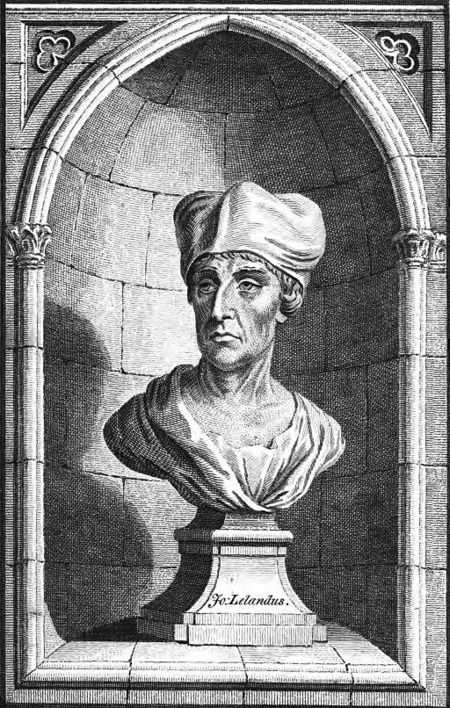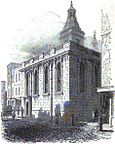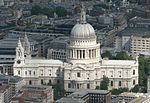John Leland (antiquary)
1503 births1552 deaths16th-century English historians16th-century English writers16th-century Latin-language writers ... and 9 more
16th-century antiquarians16th-century male writersAlumni of Christ's College, CambridgeArthurian legendEnglish male non-fiction writersHistorians of the British IslesPeople educated at St Paul's School, LondonUse British English from July 2018Writers from London

John Leland or Leyland (13 September, c. 1503 – 18 April 1552) was an English poet and antiquary.Leland has been described as "the father of English local history and bibliography". His Itinerary provided a unique source of observations and raw materials for many subsequent antiquaries, and introduced the county as the basic unit for studying the local history of England, an idea that has been influential ever since.
Excerpt from the Wikipedia article John Leland (antiquary) (License: CC BY-SA 3.0, Authors, Images).John Leland (antiquary)
Carter Lane, City of London
Geographical coordinates (GPS) Address Website Nearby Places Show on map
Geographical coordinates (GPS)
| Latitude | Longitude |
|---|---|
| N 51.512778 ° | E -0.0975 ° |
Address
St Lawrence Jewry
Carter Lane
EC4V 5AN City of London
England, United Kingdom
Open on Google Maps











